Magnus Carlsen and Wei Yi lead after day one of Côte d'Ivoire Grand Chess Tour Rapid
For years a top class tour in the chess world was missing. In 2015 Grand Chess Tour began with the top ten players in the world and a few wild card entries. The prize money was excellent and chess fans all around the world were treated to some high class chess through out the year. The tour is now into its fifth edition. The organizers have ensured that the best players in the world still take part, but the format is made more dynamic with rapid and blitz also becoming a part of it with classical chess. The first leg of 2019 Grand Chess Tour began on the 8th of May at Côte d'Ivoire in Africa. After day one of rapid chess and three rounds, it is Magnus Carlsen and Wei Yi who lead the event with some exciting chess. A huge report from Africa.
Côte d'Ivoire Rapid Day 1 – Carlsen and Wei Yi lead amidst comedy of errors!
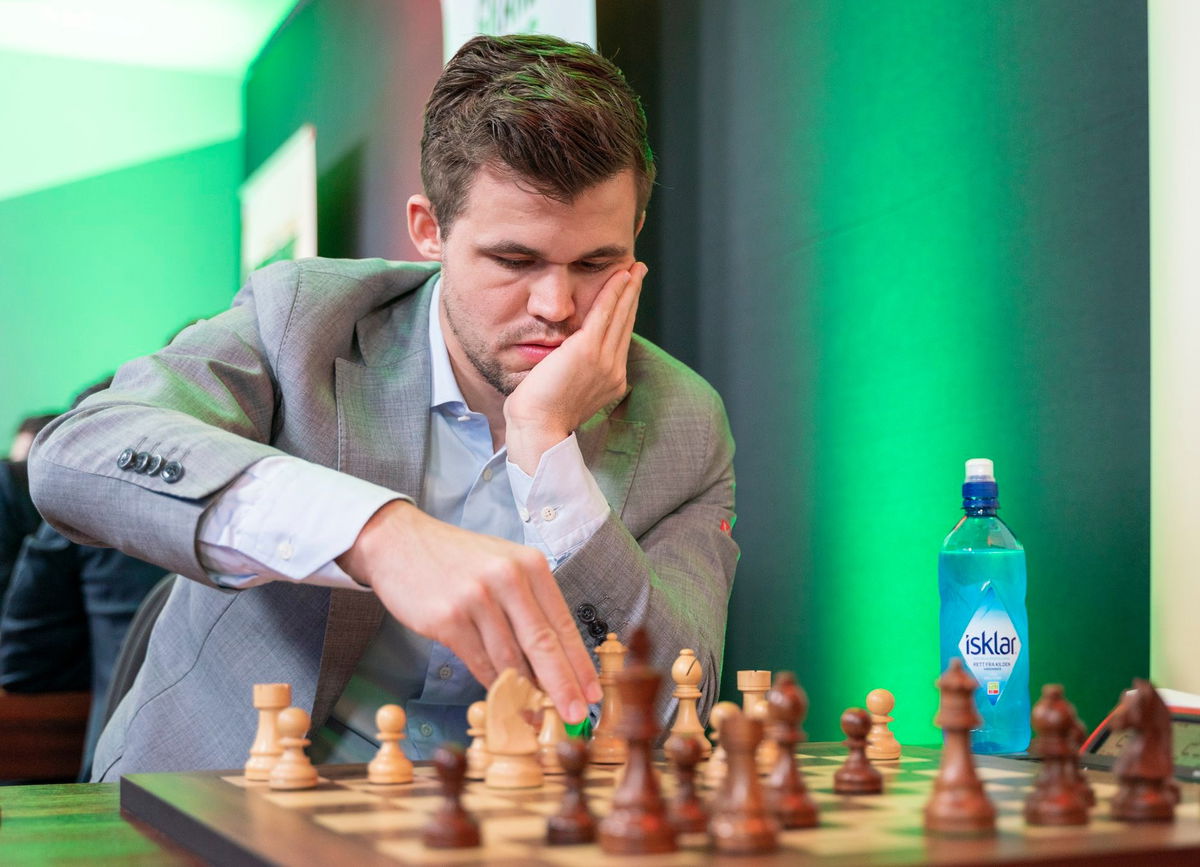

Rapid tournaments are usually fun to follow, because of their tendency to produce slugfests. Unlike Classical events, a lot more errors are seen here because players have very little time to fully dissect the position. Here, it is not always the better player who wins! Today, we got to see a lot of fighting chess, and like usual (!), Magnus Carlsen took the lead. But what was surprising is the other leader at the end of day one - Wei Yi! The Chinese phenom, who had been dubbed by many as Carlsen's biggest challenger to the throne in the next few years, had mellowed down in the last couple of years. He had reached an Elo of 2700 in August 2016, nearly three years ago. Will this performance signal his comeback into the world of elite? Too early to say, but definitely promising! The time control is 25 minutes per player with 10 second increment per move. A deeper look at the critical moments:
Round 1:
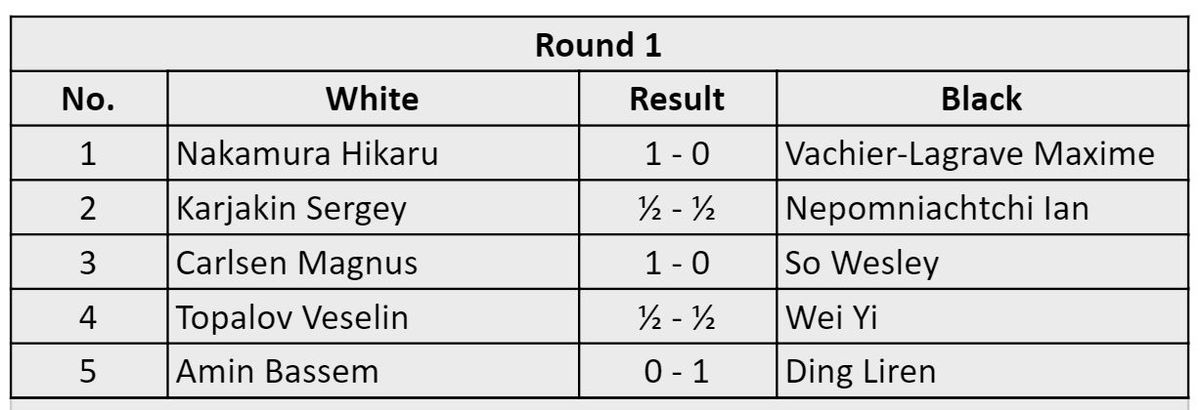
Magnus Carlsen vs Wesley So
Magnus seems to have returned to his best in Rapid Chess, a format where he has struggled in recent times which has reflected in his declining rating. The World Champion recently spoke about his increasing self confidence in play and the need to start well in tournaments. Although he is still world no. 1 in rapid ratings, when this event began, his classical rating (2875) was higher than his rapid rating (2869).
Magnus Carlsen vs Wesley So
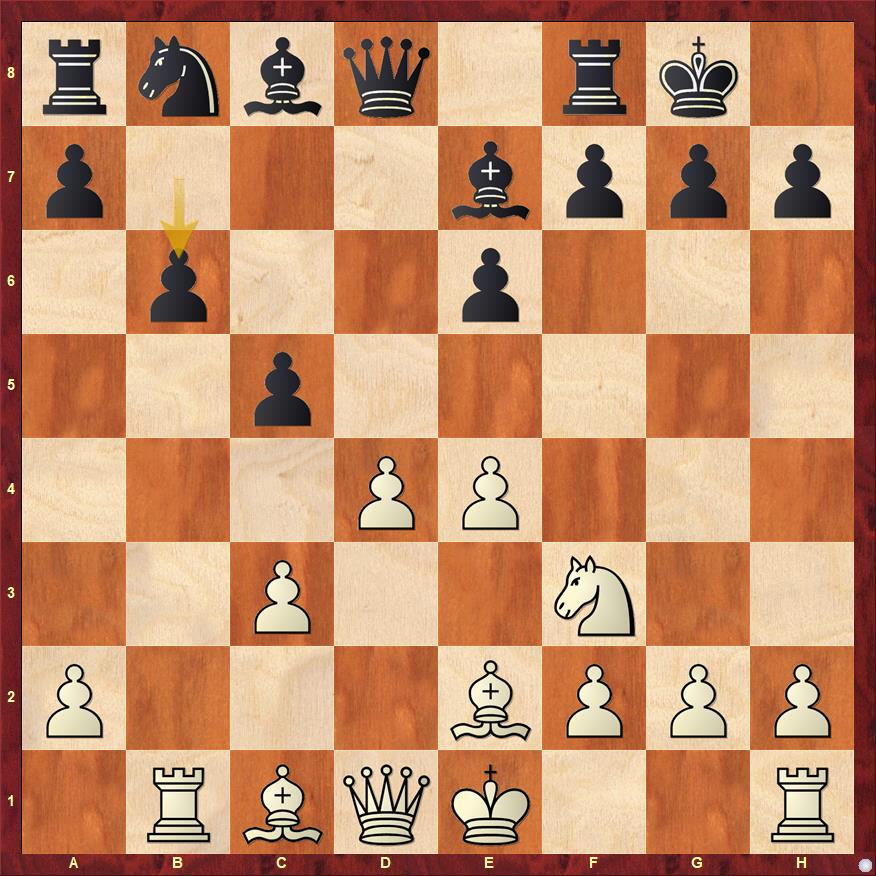
Wesley So played a Semi Tarrasch line without immediately including the centre resolving cxd4 and the exchanging check Bb4. The World Champion deviated from their online blitz game as early as move 9, and So soon took the game into uncharted waters with 13…Nd7, a novelty that deviated from a Jan Gustaffsson game in 2018 [which Magnus would have been aware of]. The players traded blows till Carlsen decided to sacrifice a pawn [rather dubiously] for a kingside initiative. So had various chances to take over the game, the best one on move 29.
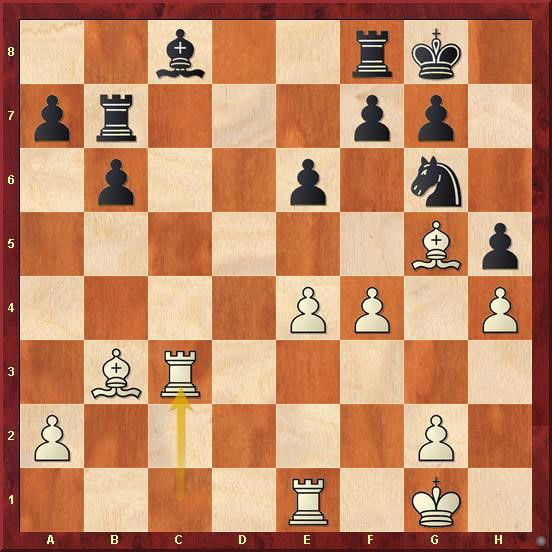
Here Wesley essayed the mysterious Kh7?! aiming to escape from the pressure of the b3 bishop. However, the far more natural Ne7! was stronger, aiming to neutralise the monster on g5. (Note that direct f6 doesn't work due to Rxc8) After 30.e5 f6! 31.exf6 gxf6 Black will take over the initiative. After this there were a few more chances for Black, but the incessant White pressure finally converted to a full point for Magnus.
Nakamura vs MVL

Hikaru Nakamura essayed an interesting Sicilian sideline against MVL, and after 9 moves he essayed a logical novelty. The game bordered on equality, but White had a clear plan of attack against the IQP. It seems that these positions are deceptively subtle, and MVL couldn’t fully equalise fully at any point. Black gave up the IQP on move 24, and it was soon clear that White’s strategy in the opening was effective. A turning point was reached on move 37.
Nakamura vs MVL
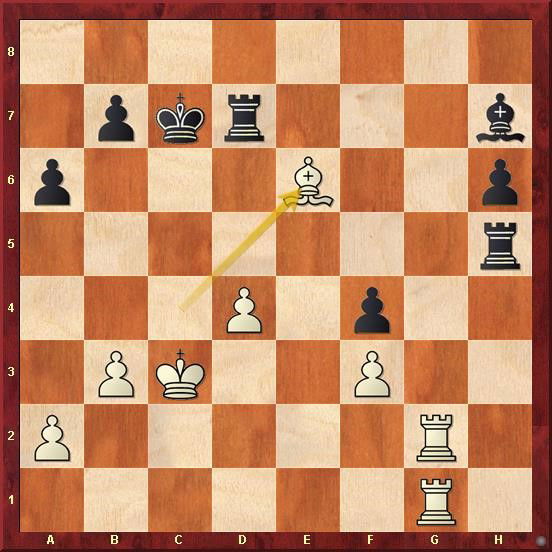
Here MVL had to play Rd6! to retain saving chances. What is the difference between this and the losing Re7? The point is that Black retains both rooks on the board, a factor that should give him greater chances for counterplay based on his distant passed pawn and White’s weakness on f3. Instead after the game move Rg7! Killed off most hopes of a comeback, and Naka confidently converted on move 52.
Basseem Amin vs Ding Liren
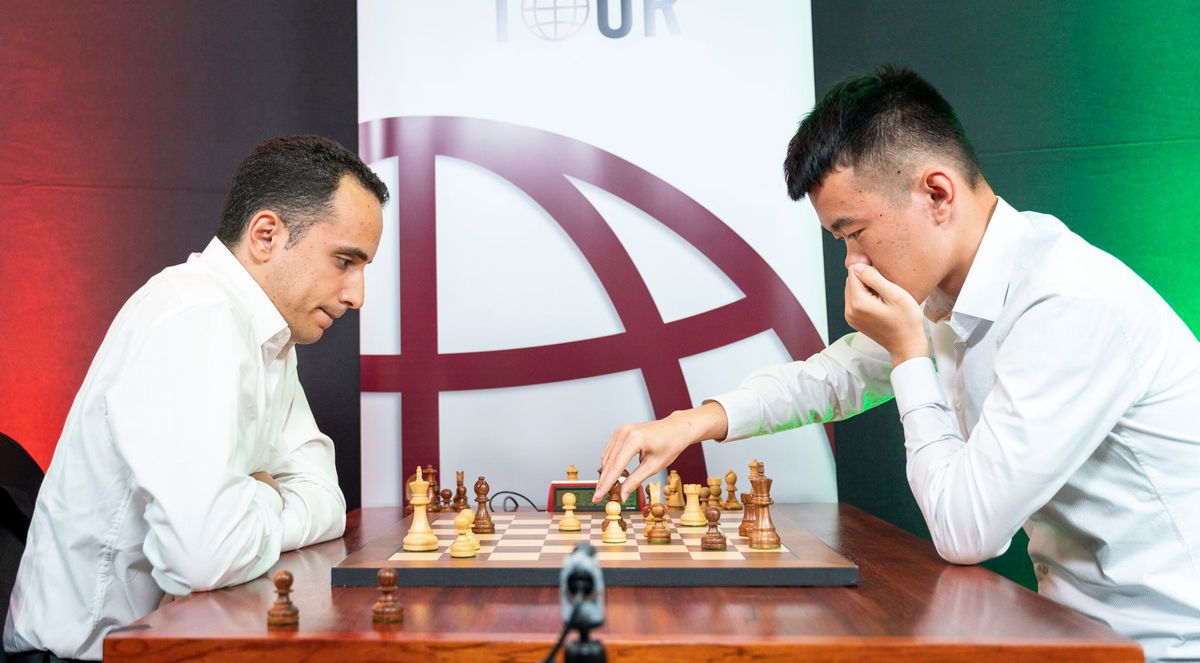
Baseem Amin played the 8.a4 Anti Marshall against Ding Liren (the Great Wall of China!) and the players soon showed their cards – White went for a kingside attack while Ding suffocated White on the queenside with a pawn avalanche. A critical juncture was reached on move 23 with White to move:
Bassem vs Ding Liren
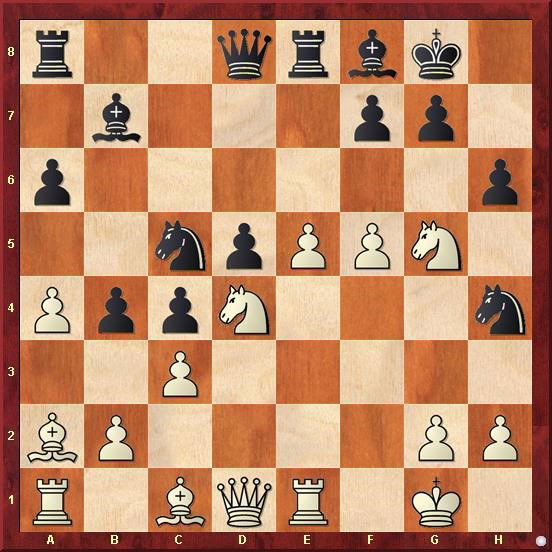
In this position, what strikes the mind is that Black appears to have a lack of co-ordination on the kingside – the knight on h4 is stranded on a bad square, and Black’s queenside pieces are at least two tempi away from defense. Had Baseem noticed this, he would have gone for 23.Nxf7!! a brilliant (but necessary) sacrifice to cut open Black’s king position. After the knight is captured, Qg4! or f6! initiate terrible threats, and one would wonder if Ding’s famous defensive technique could have actually saved him. Instead, in the game Amin sacrificed the wrong way (Qh5?), failed to take some chances to press and eventually lost.
The remaining two games ended in short draws, though Sergey’s draw was notable – as White he gave up two pieces in a Najdorf and found a perpetual at the right time! The final position is beautiful!:
Karjakin vs Nepomniachtchi
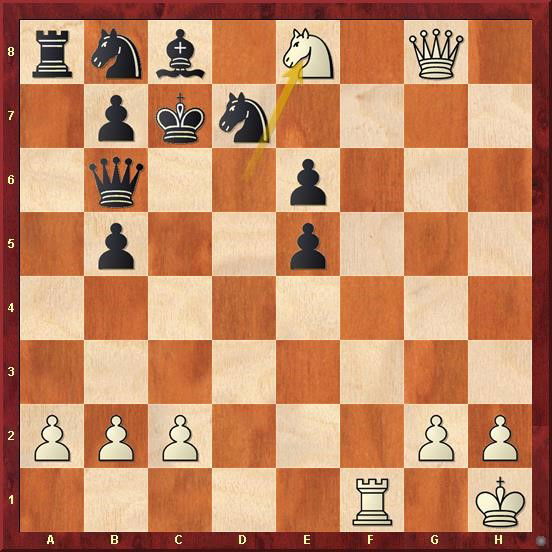
Round 2:
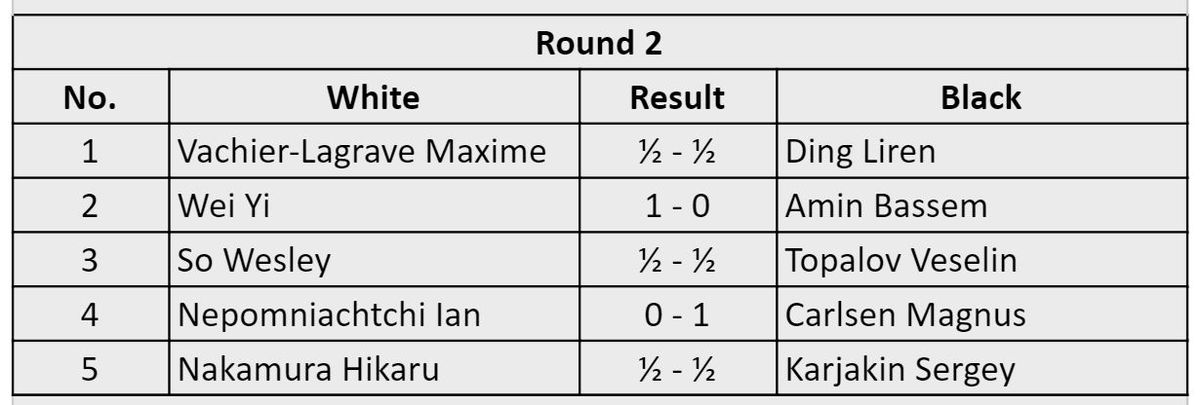
Magnus and Wei Yi won wonderful games against Nepo and Amin respectively, but before seeing those two there is a puzzle involving a big chance Ding Liren missed:
MVL vs Ding Liren
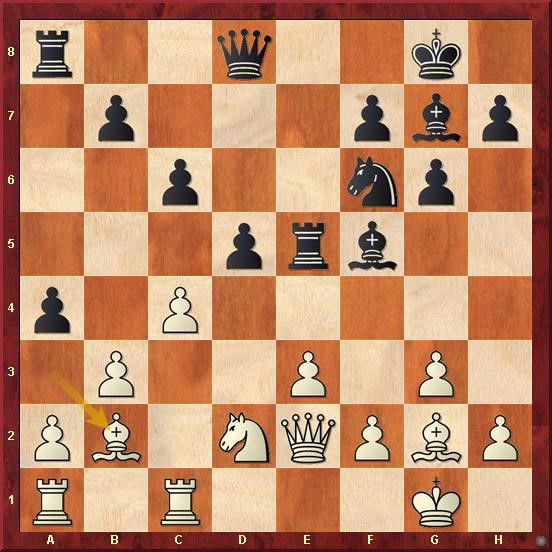
Answer: Here Ding tamely retreated his rook to e8, missing the immediate d4! which gives him a tangible advantage in space and quality. It is easy to miss these subtleties in rapid games – I’m sure that Ding wouldn’t have even suspected such an easy chance came to him so early in the game!
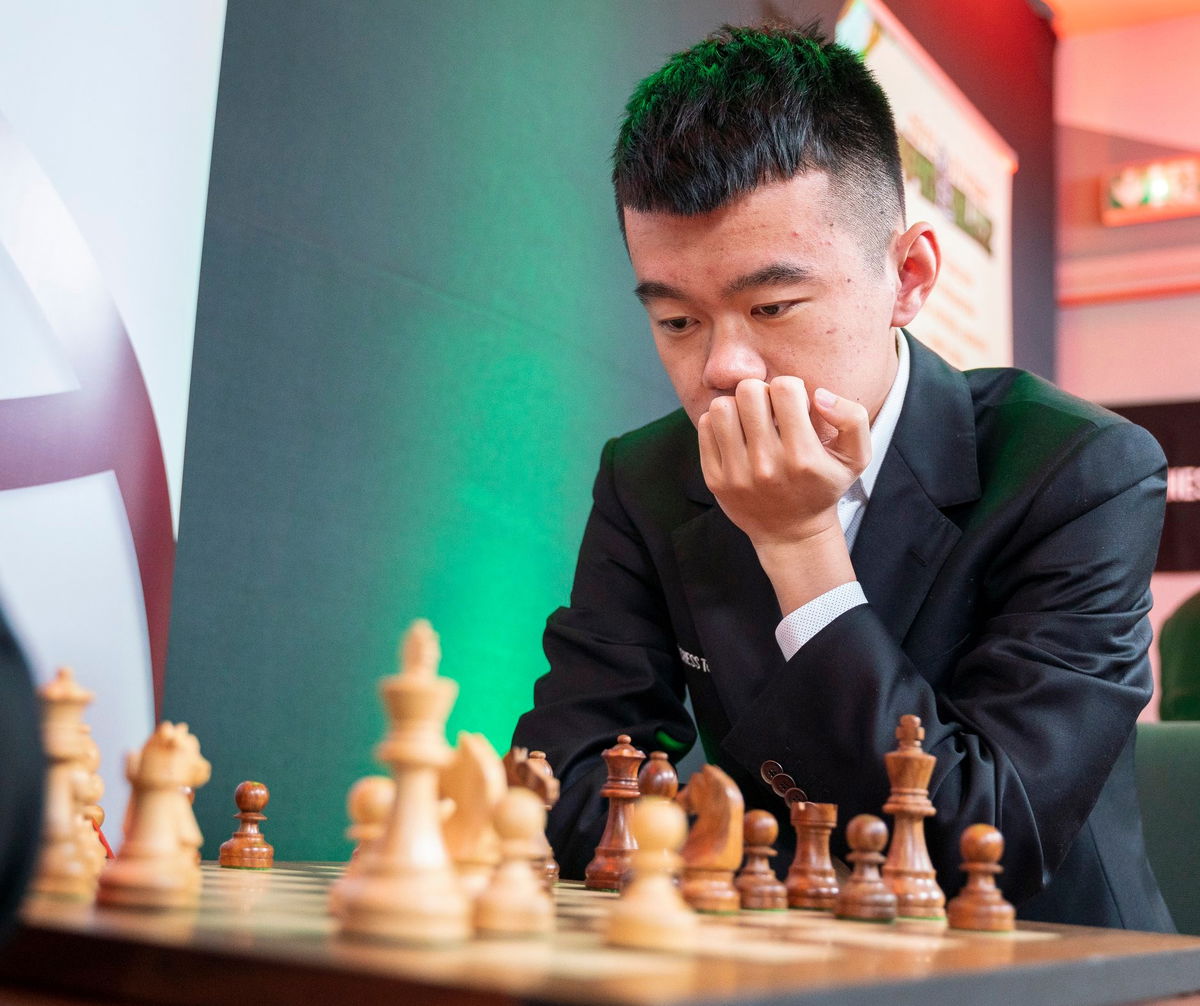
Nepomniachtchi vs Magnus Carlsen
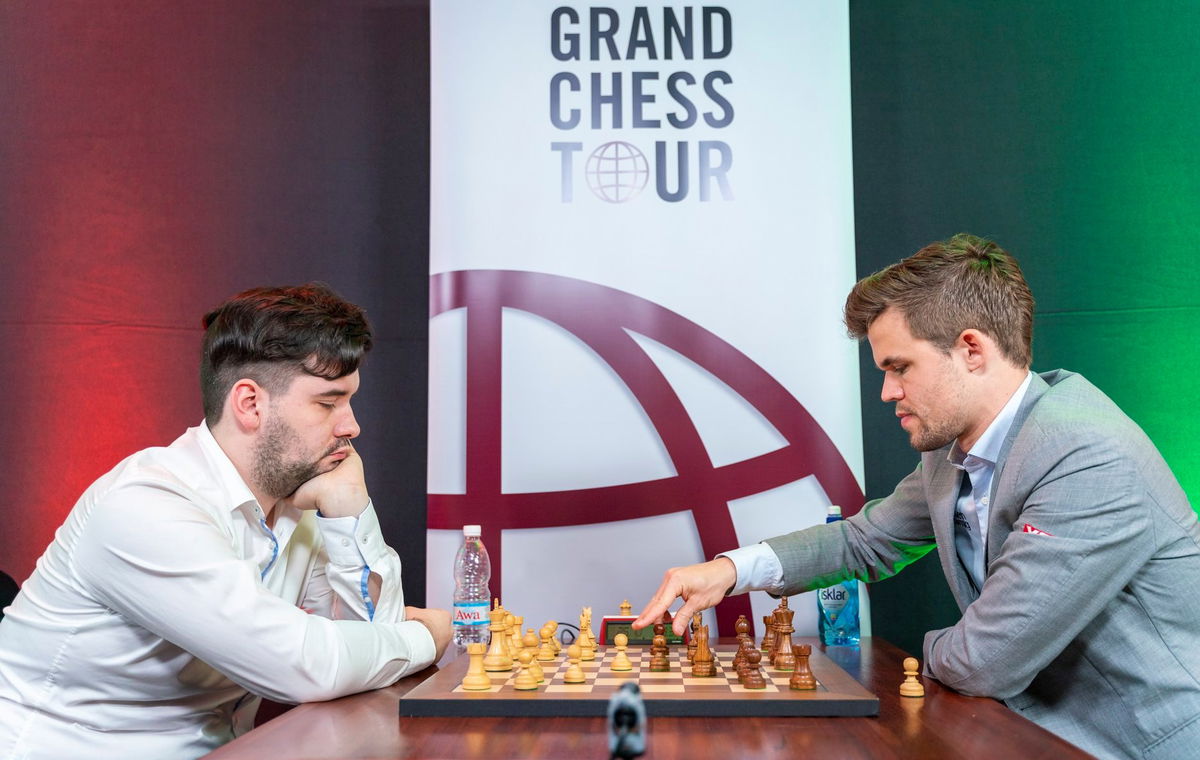
Moving on, Magnus Carlsen played the Pelican against Nepo, and the latter soon diverted with a rare plan involving a kingside fianchetto. The players soon reached a structure that resembles the 7.Nd5 variation, and it was clear on which side of the board White and Black would play on (Queenside and Kingside respectively). Nepo seized the initiative with a pawn sacrifice on the queenside, and had a big chance on move 22 :
Nepomniachtchi vs Magnus Carlsen
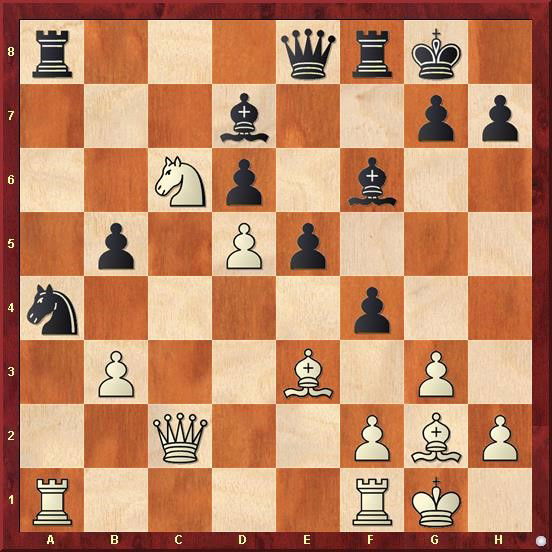
Here, Nepo traded Bishop for Knight with bxa4?!, which gave Black the bishop pair and an open f-file to work with. Instead Bd2! forces Black to make a decision regarding his knight, and after Nc5 Rxa8 Qxa8 White has the strong Bb4!, taking over the initiative, and his chances are definitely better. Instead what we got to see was another kingside attack by Magnus, ending rather soon (move 36).
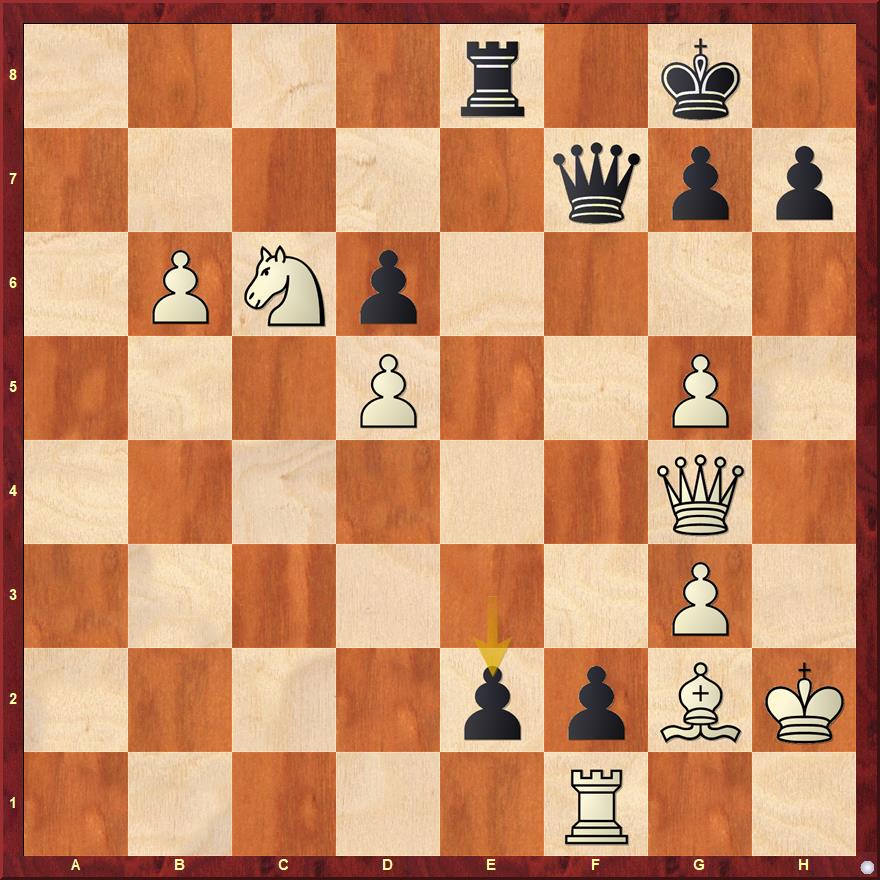

Wei Yi vs Bassem Amin
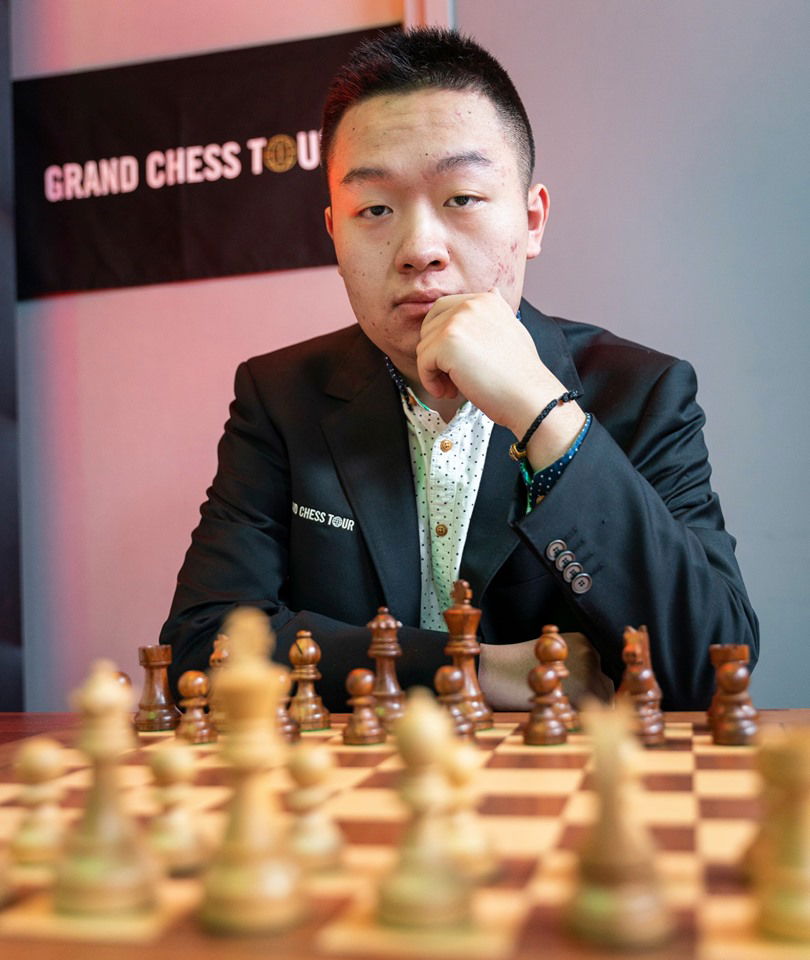
Amin countered Wei’s 1.d4 with the Bogo Indian defense, and the players soon reached a position that looked easier to play for Black, though our silicon friends disagree – Black’s chronical weakness on d5 was insufficiently compensated by the strong central control afforded by the e5 pawn, and the knight appeared to be stronger than the dark squared bishop, but in reality had not much to do on a4. The turning point was on move 25:
Wei Yi vs Bassem Amin
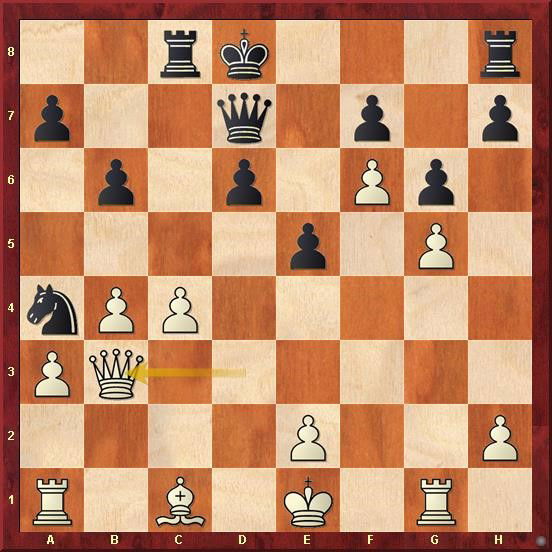
Here Bassem had to sacrifice a pawn with d5! to maintain dynamic equilibrium. The point here is that White has overextended on all parts of the board, and any endgame should favour Black. Instead, Qc6 allowed Wei Yi to consolidate, and the Chinese youngster showed maturity far beyond his years to convert.
Wesley So vs Veselin Topalov
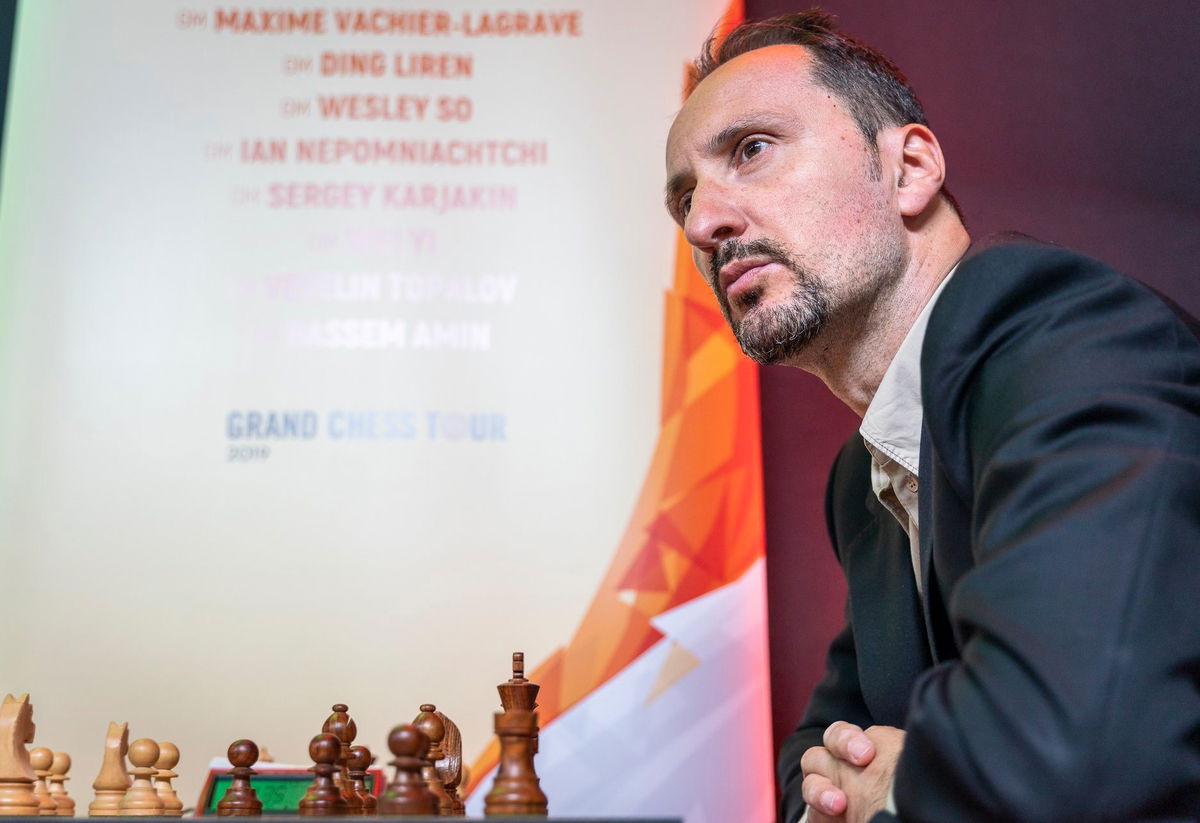
So-Topalov was an Anti Berlin gone wrong for Black. With an innovative knight manoeuvre Wesley managed to put immense pressure on Black’s position, and after move 14 he already had ways to get a tangible advantage:
Wesley So vs Veselin Topalov
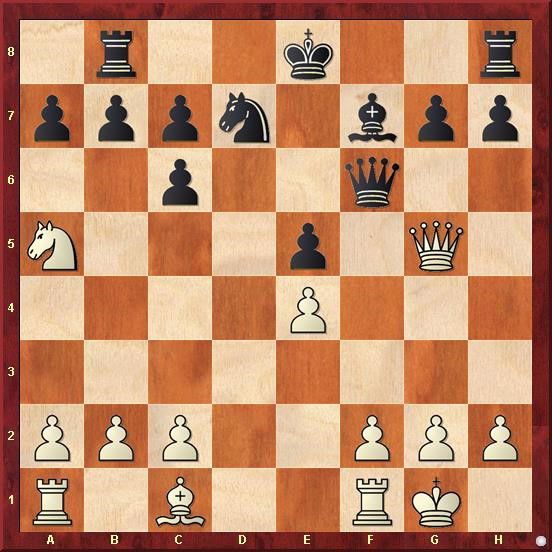
The sorry position of Black’s rook and his useless queenside majority indicate that White is better here. But how to proceed? Wesley chose simple development with Be3 and Rad1, whereas Qxf6! was much better. The queen exchange assures White infinite pressing chances based on better development and a useful kingside majority, two factors that would have decided this rapid game. Instead, Veselin managed to escape and draw a difficult encounter.
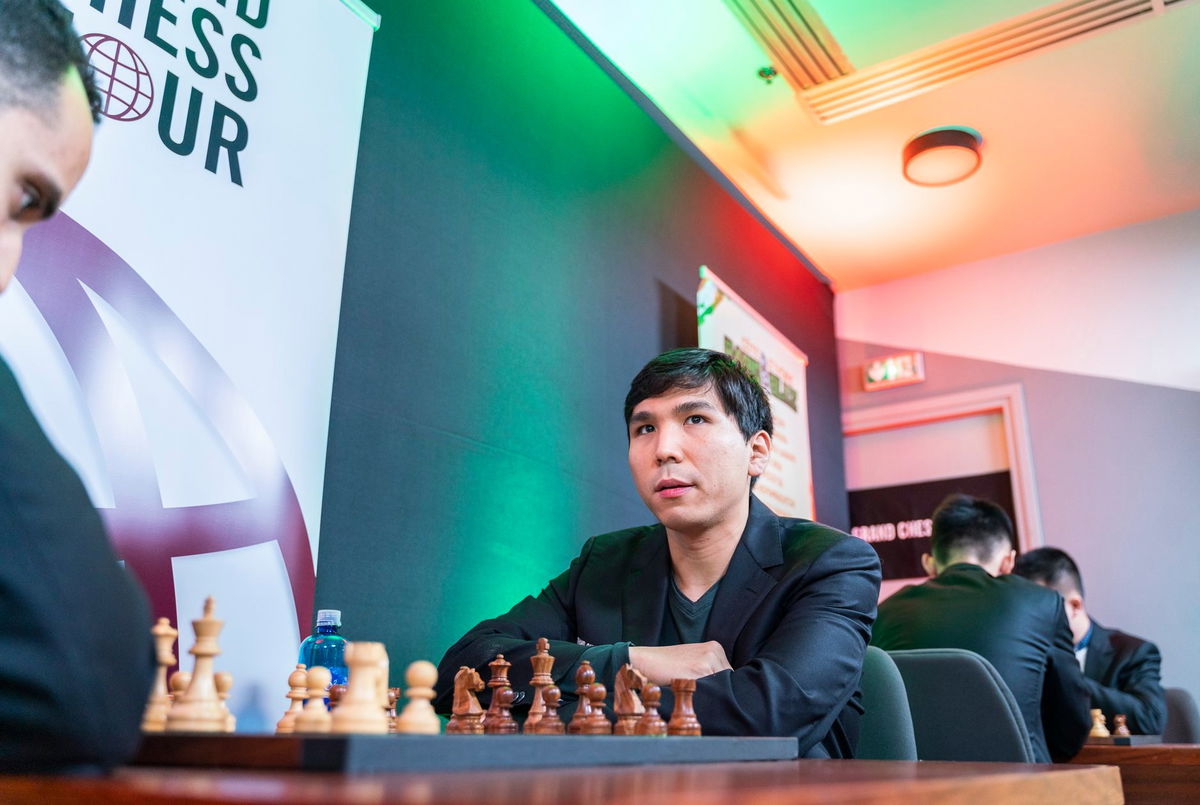
Round 3:
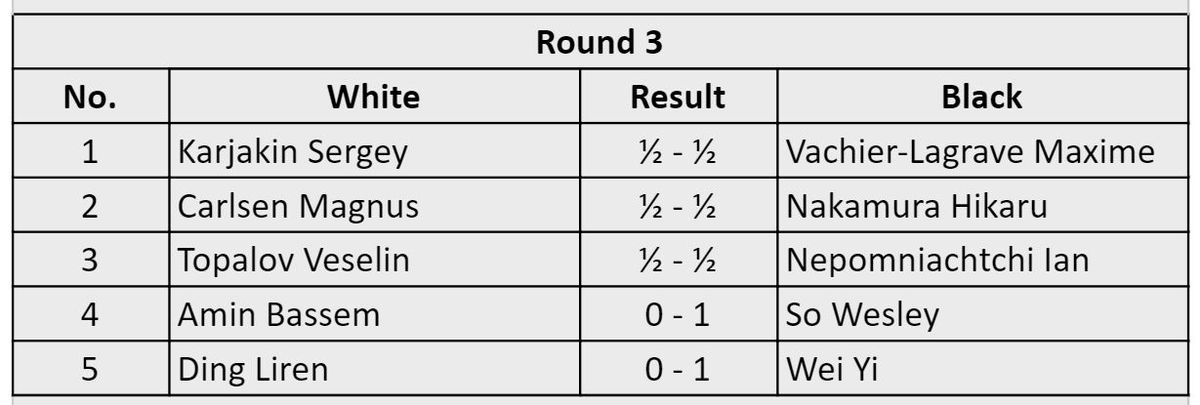
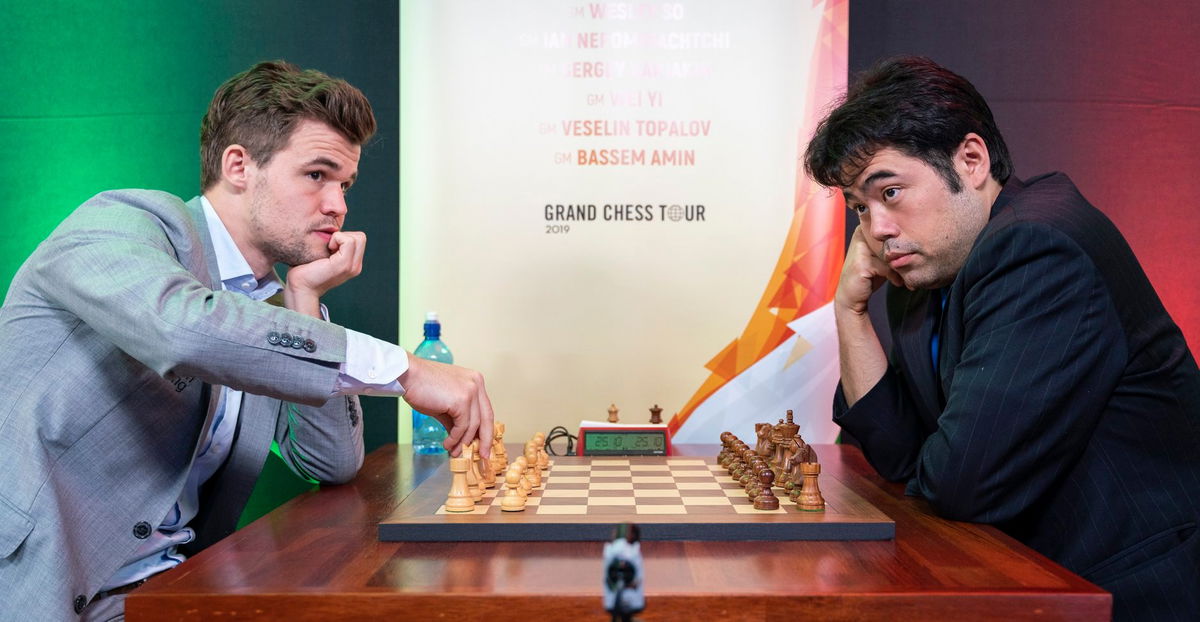
The focus of the round was definitely Carlsen-Nakamura, a clash between the leader and one of his chasers. Magnus definitely came to win, and Hikaru obliged, with a sharp opposite sides castling line in the Mikenas Attack. In a game filled with mutual mistakes, the world champion committed the final inaccuracy in a much better position:
Magnus Carlsen vs Hikaru Nakamura
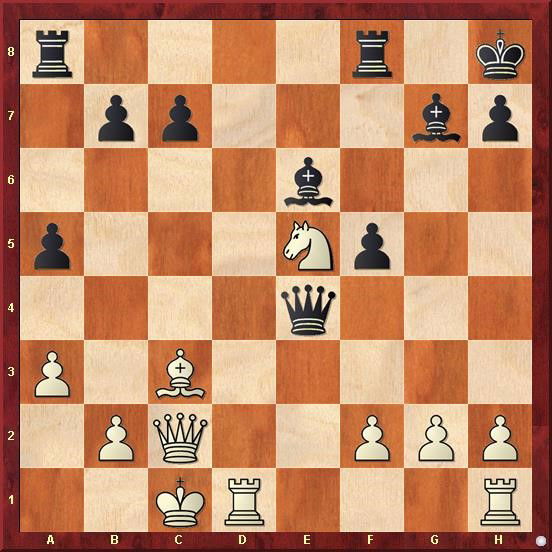
Here Magnus erred with Qd2?!, keeping queens on but allowing Black a lot of counterplay. Instead, Rd3! Causes Black a lot of pain – the rook is ready to switch to the kingside, and at the same time the h1 rook enters with tempo on e1. Black is nearly lost after this, but sadly for the World Champion, he didn’t play this and thus there was no 3.0/3 start for him in this tournament.
Ding Liren vs Wei Yi
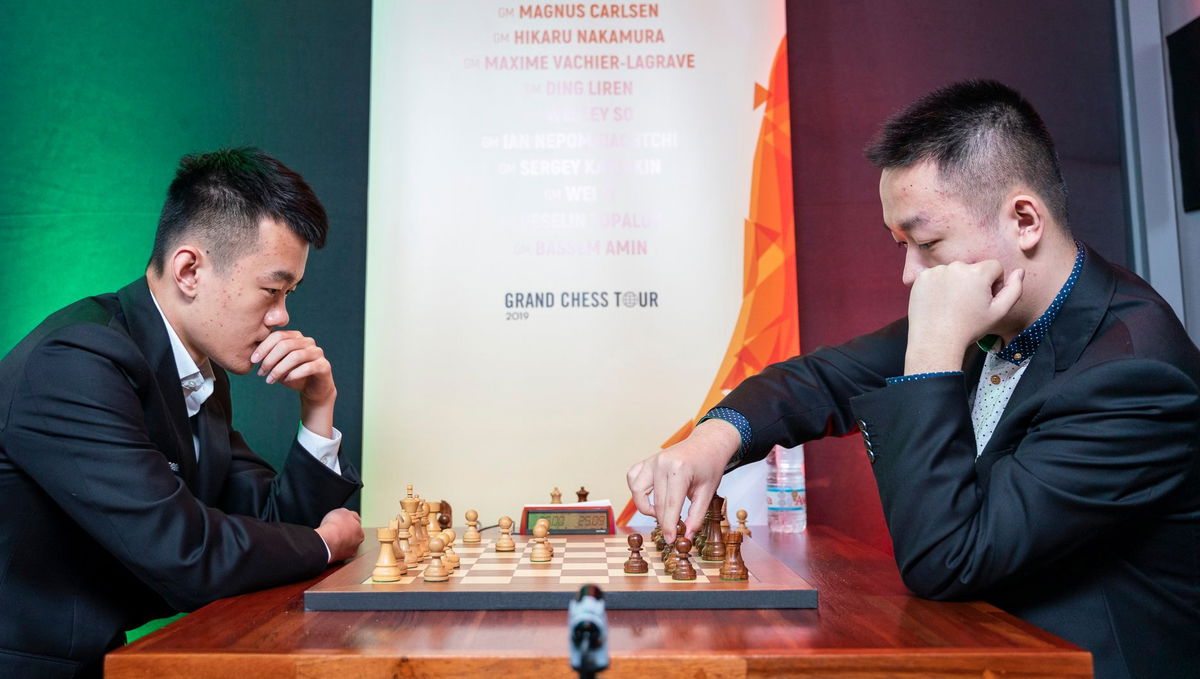
Coming to the two decisive games, Wei Yi caught up with Magnus after demolishing his compatriot Ding Liren in a complex endgame. In a complex late middlegame arising from the Grunfeld Defense , Ding as White over pressed and was soon worse. He defended extremely well and the position after move 25 appeared closer to a draw than a Black win. However, Wei Yi with his much improved endgame technique managed to squeeze Ding Liren, and the top Chinese player soon faltered.
Ding Liren vs Wei Yi
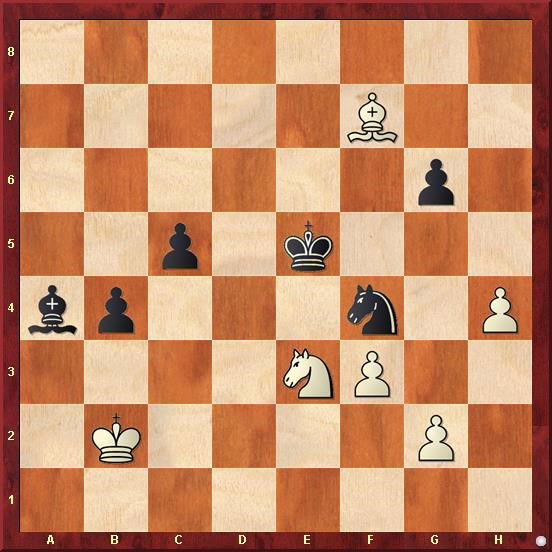
Here it was absolutely necessary for White to go Kc1! Maintaining the virtual blockade on c4 and preventing Black from further advancing. A draw would then be a near surety. Instead Ding lost patience with g3? and after Nd3+! was forced to give up a pawn. Wei soon won a piece, and with his last pawn managed to force Ding’s resignation on move 68.
Bassem Amin vs Wesley So
Baseem Amin lost his third game in a row against So. In a Moscow Sicilian, White manoeuvred intelligently and soon forced Black to keep his king in the center. Subsequently, Amin blundered twice – first he lost his advantage, and then equality! A sad day for the Egyptian, and one hopes that he recovers enough to post a decent result in the upcoming rounds. The critical juncture was reached on move 18 with White to move:
Bassem Amin vs Wesley So
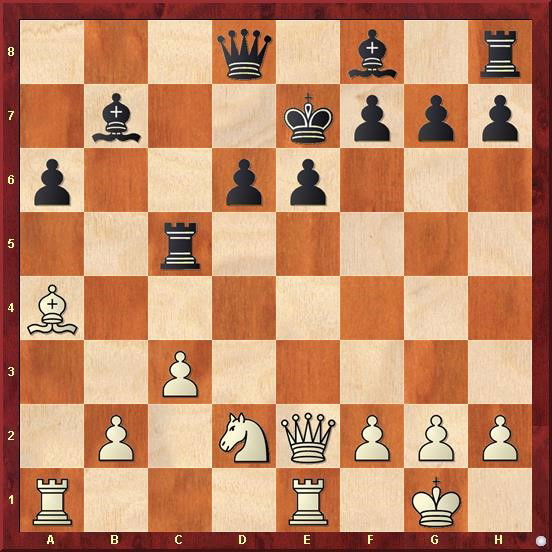
Here, Black’s horribly misplaced king and pawn weaknesses aren’t sufficiently compensated by his bishop pair and active rook. Amin had to seal an enduring advantage with b4! Kicking the rook and activating the queenside pawns. Then, White starts playing only for two results. Instead, Amin played Nb3?! And allowed Rg5! after which White has to be really careful. As the engines point out, Nd4 then was the only move, but Amin played something worse (g3?!) and eventually succumbed to the class of Wesley So.
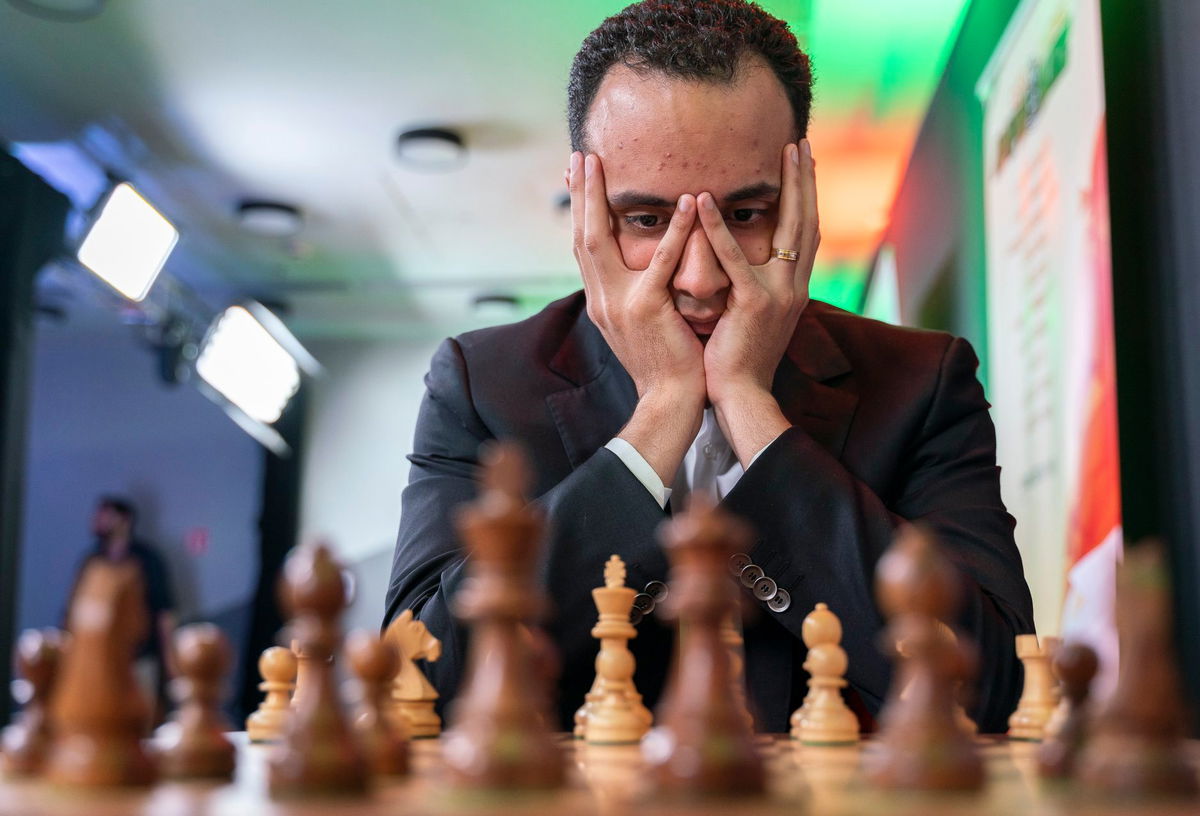
Among other games, Karjakin and Nepo missed huge chances against the MVL and the struggling Topalov:
Nepo vs Topalov
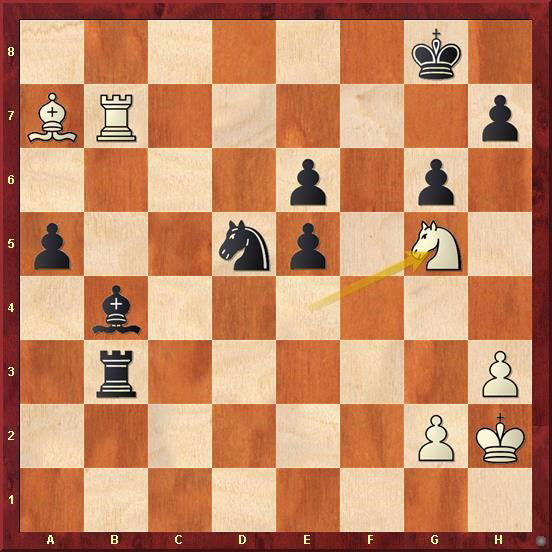
Nepo didn’t play the natural a4! pushing the passed pawn and obtaining a winning ending after Nxe6 Be7! Instead Nf4? Allowed White to breathe again and Veselin managed to hold on.
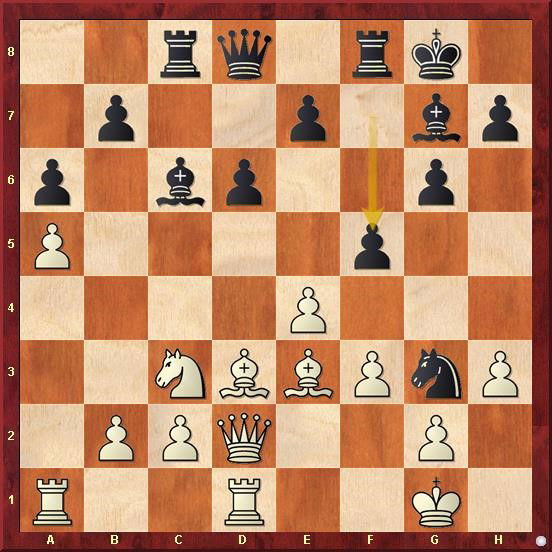
MVL had gone on the offensive with f5? which looks so natural, but is a big mistake, as Black’s position isn’t good enough for such strikes. Here, after Bf2! Sergey would have had a substantial advantage. A sample line goes 17. Bf2! f4 18.Bc4+ Kh8 19. Be6! with a bind. Instead Qe1?! As played in the game, justified Black’s strategy, and the game soon petered out.
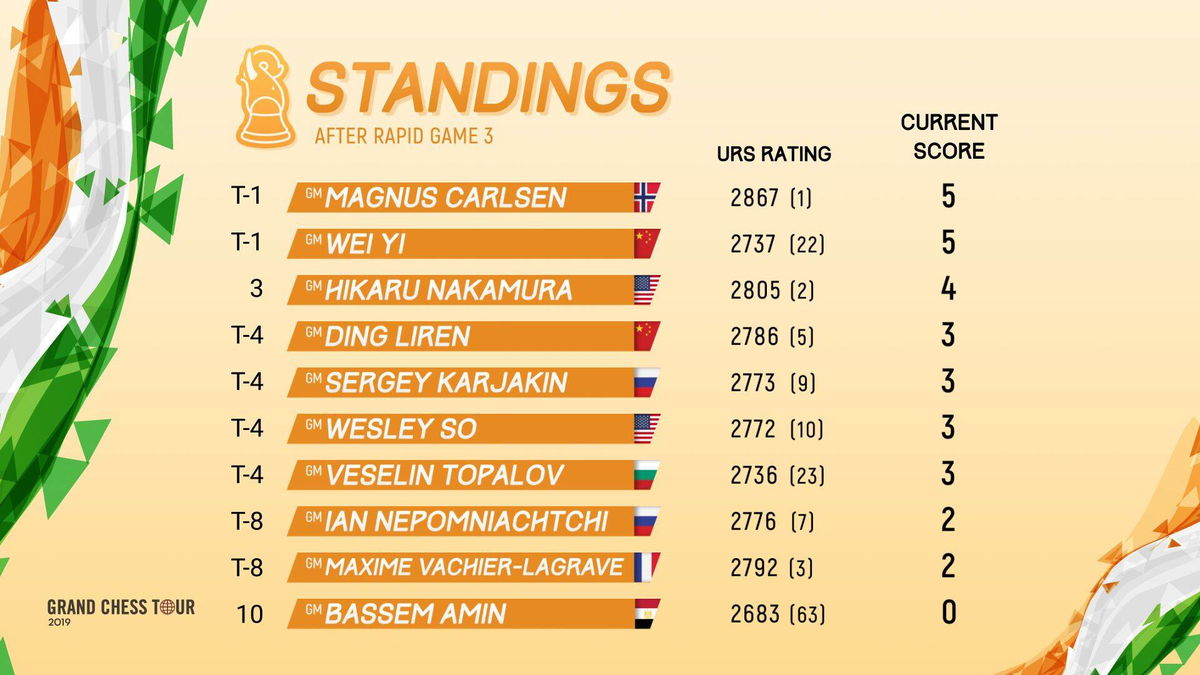
About the author:
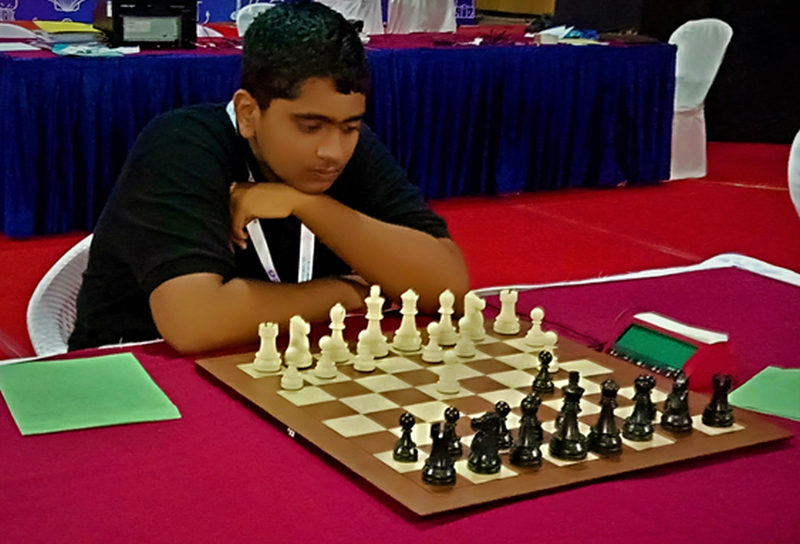
Tanmay Srinath is an 18-year-old chess player from Bangalore, Karnataka, currently pursuing both chess and engineering at BMSCE Bangalore. Tanmay is also a Taekwondo Black Belt, who has represented the country in an International Tournament in Thailand. He is a big fan of Mikhail Tal and Vishy Anand, and sincerely believes in doing his bit to Power Chess in India!




















